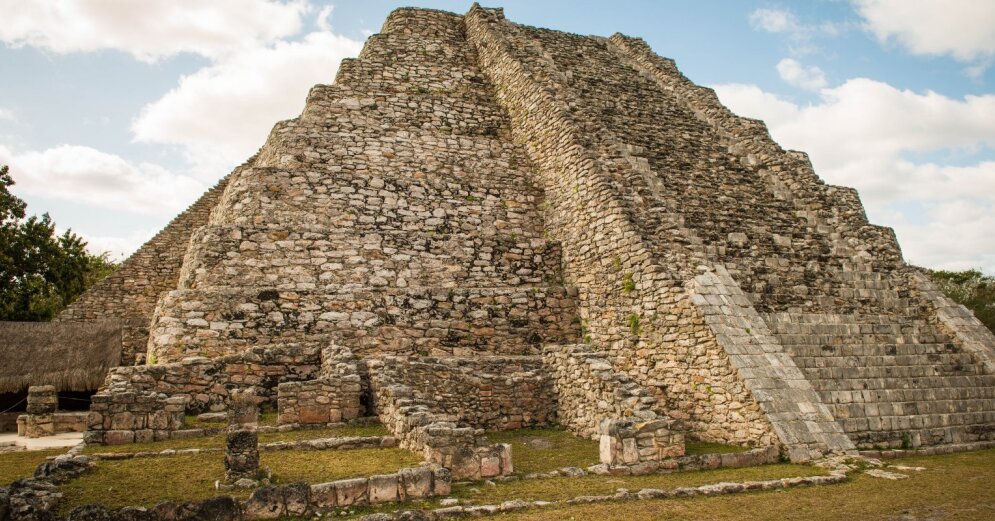The decline of the once mighty Mayan civilization could have been initiated by circumstances that are still relevant today, many centuries later – this is what an international team of scientists believes, presenting the arguments in a fresh in a published study.
–
–
Content will continue after the ad
Advertising
–
In an interdisciplinary work involving historians, archaeologists and climate experts, a period of time about 800 years ago was studied. The results suggest that one of the contributing factors to the decline of the Mayan civilization could be climate change, as a result of which the political and cultural center of this civilization – Mayapan – experienced long periods of drought. This ancient Mayan city in Mexico, in the north of the Yucatan Peninsula, was founded in the tenth century and in the 13th and 14th centuries. century was the largest Mayan city.
“Multiple data sources indicate that the drought led to a sharp increase in tensions between rival groups,” the study’s authors write. Of course, there was an adaptation to the new conditions, which allowed the Mayan political and economic structures to endure a few more centuries until the first contacts with colonizers from Europe. However, climate change has been a major test.
This is not the first study to hypothesize periods of drought as a factor influencing Maya civilization. In the work published in 2018, “Science“quantified indicators of drought periods in the oldest period of Mayan history – the 9th and 10th centuries.
In the work just published, it is precisely the interdisciplinary approach that is essential when looking at the impact of such climate events on the structures of society. The team already had historical data on population changes, approximate climatic conditions and also people’s dietary habits. A new contribution to this work is a new analysis of the remains found in the ancient city of Mayapan, with a particular focus on signs of violent death, thus trying to determine whether the number of such deaths may have increased with periods of drought, indicating greater tension in society.
Lack of water would profoundly affect all areas of life – agriculture, trade and trade routes, redistribution of resources. “As food became more and more difficult to obtain, the situation became more dangerous. People either died or dispersed,” the study’s conclusions are presented by the website “Science Alert”.
The last mass grave, excavated shortly before the city was abandoned, is believed to have contained members of the ruling Kokomo dynasty, marking a violent end to the reign. Perhaps by rival dynasties or as a result of mass unrest.
After the well-documented collapse of Mayapan, the civilization continued to exist until the beginning of the 16th century. People moved to other parts of the Yucatan Peninsula, including more climatically favorable coastal cities. “This is a proof of people’s ability to adapt to environmental changes,” the researchers emphasize, but warn that the ability to adapt is not without limits, and this should be taken into account even today, when we are once again living in the shadow of rapid climate change.
–


